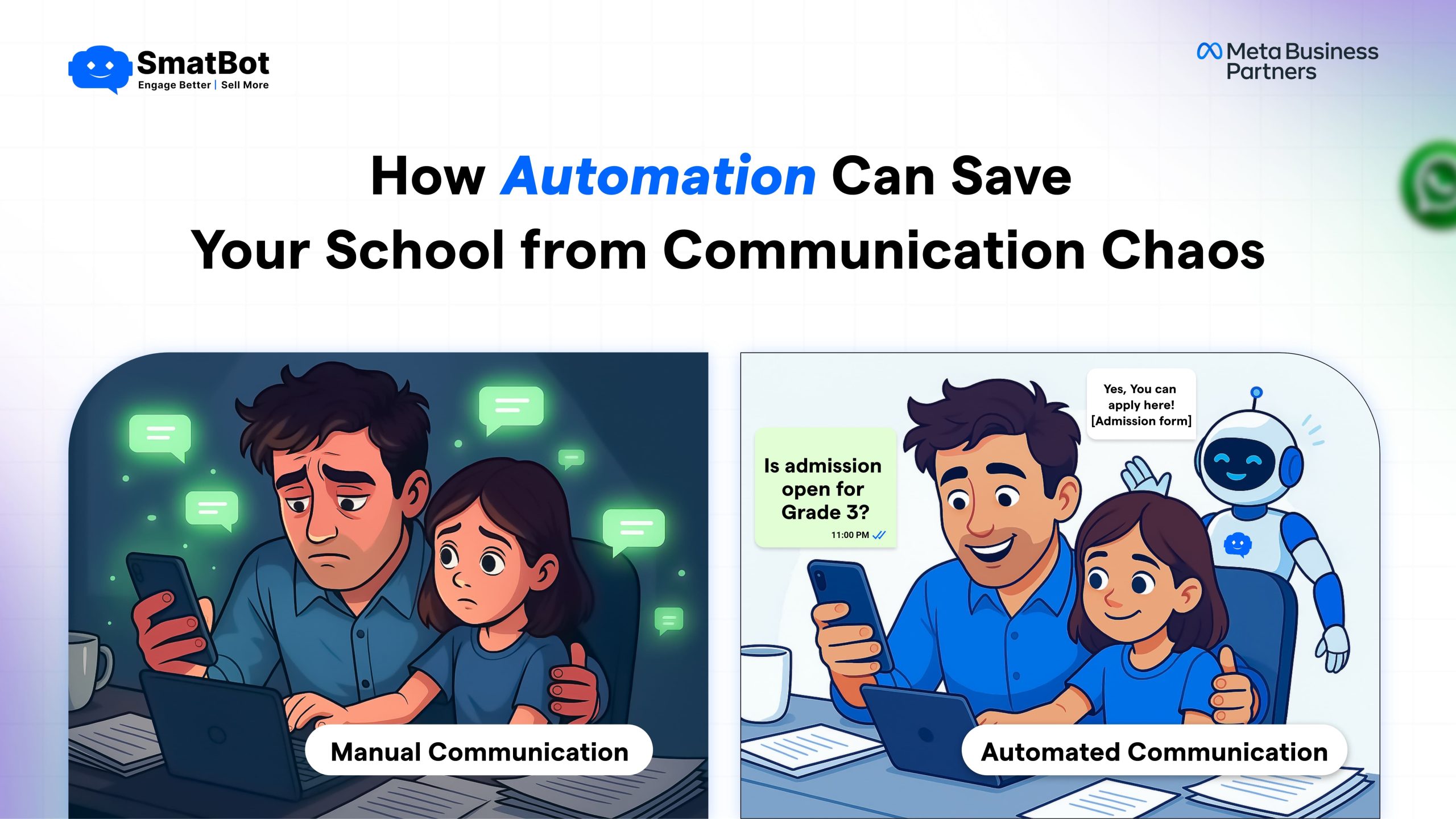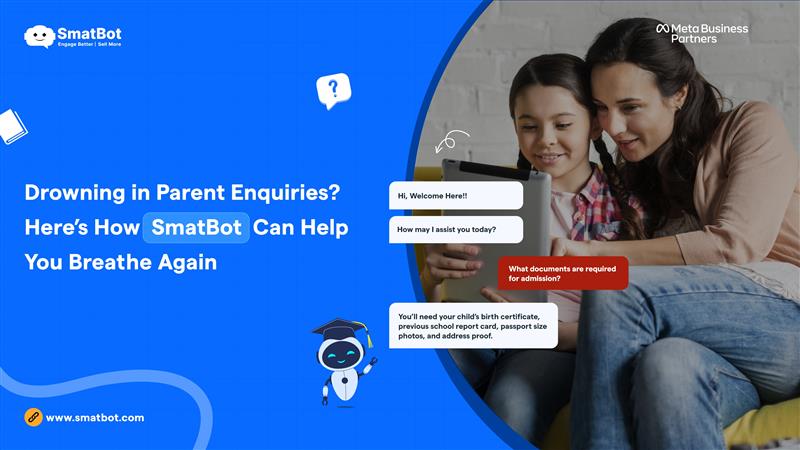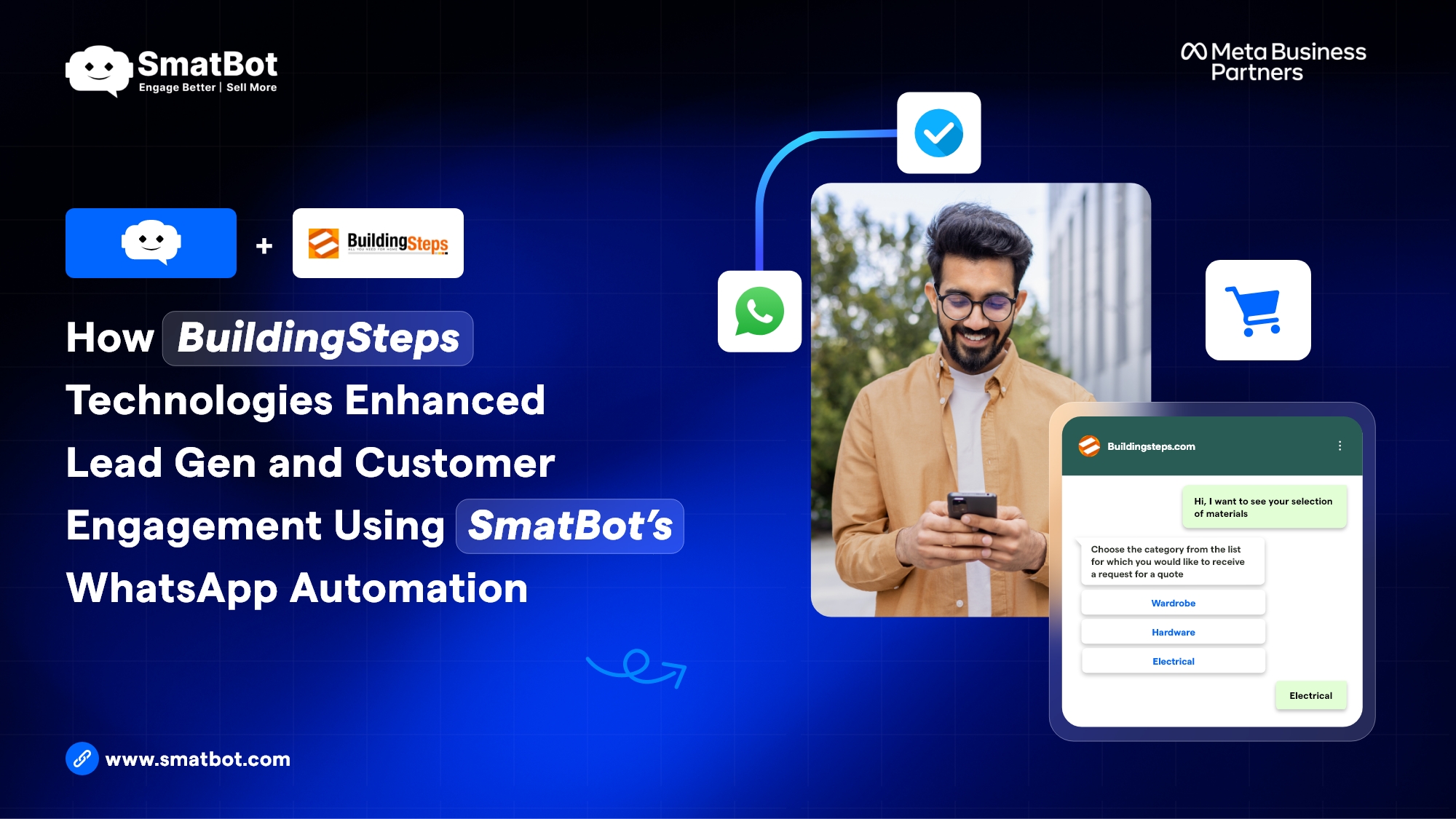Chatbot Platforms You Should Be Using Right Now
Ordering food is ever so easy with chatbots. Those who have done this before know how easy it is to order food via a chatbot. Just speak or type in your order and the chatbot will come to you with an exact confirmation on the amount and time in which your order will be ready. The best part is that they give you information about ongoing offers as well. Pizza Hut and Starbucks have deployed their chatbots and they are two of the most complete chatbots in terms of functionality.
Deploying chatbot has now become a trend in business. In fact, it is more of a marketing strategy than anything else. The chatbot is integrated with artificial intelligence capabilities which take the customer experience to a whole new level. All the customer has to do is type in their query and the chatbot will come up with relevant information at the same instance.
A chatbot is essentially a software capable of conversing with a human being. They play a pivotal role in converting a potential customer into a purchasing customer. Now is a great time to create a chatbot for your business.
This next section brings to you a list of the top-rated chatbot platforms available today.
1) Intercom:

It is one of the oldest chatbot platforms. It has evolved manifolds in the last couple of years. Easy integration with almost all web applications has increased the satisfaction level of users.
Pros: Intercom is capable of sending messages via chat, e-mail, and popup. Intercom chatbot can keep the customer consumed until a real agent intervenes. The customer support of Intercom is amazing. You can contact them anytime.
Cons: However, feeding new information to intercom is a bit tricky and time-consuming. and the pricing is at a premium with the lowest package starting at $240 and going all the way upto $1200 depending on the traffic that you experience on your website.
2) Drift:
Drift makes it easy to convert potential customers into potential customers. The conversational marketing platform of Drift directly connects the customers on the website to the sales team.
Pros: It collects information about the customer which the sales team can utilize later. The web application works just fine and the user interface is smooth.
Cons: There are occasional glitches which can be frustrating and bring down the overall user experience. The notification system on the mobile app definitely needs improvement. However, Drift is constantly working on ways to improve the user experience and the application in general. You can download the demo version for free. If you want all the features unlocked, then you have to select a plan depending on the traffic on your website. The plan starts from $50/month and goes upward of $5000/month.
3) SmatBot:

Powered by AI and Active 24×7, SmatBot works on all websites, blogs, apps and facebook messenger. Although The main focus of SmatBot is on customer conversion and lead generation, It can be used for multiple use cases like Surveys, Bookings, Feedbacks, Answer faqs and many more.
Pros: They have a free plan which can help you understand it’s functionality to the fullest. With abundant features to fine tune your bot and very reasonable pricing starting as low as 10$ and the highest package going for 35$ per month(Apart from custom plans). This is one of the most feature-rich and cheapest chatbots available making it a High ROI and Value chatbot options currently in the market. They have full-fledged Zapier integration making it easy to connect with more than 1000+ services worldwide.
Cons: Smatbot only supports facebook apart from its regular installations on apps and websites.
4) Chatfuel:

Creating a Facebook Messenger chatbot is ever so easy with Chatfuel.
Pros: You can feed the chatbot with answers to the frequently asked questions. If the bot is offline for some reason, a real person can also chat. Such integration makes sure that none of your customer queries goes unanswered.
Cons: The drawback here is that Chatfuel works with Facebook Messenger only. No support is provided for building a chatbot for mobile application and website. You can use a demo version of Chatfuel. However, the functionality of the demo version is limited. Chatfuel is averagely priced but they give customized quotes depending on the intensity of the usage.
5) Botsify:

If you hate the overwhelming coding work and want a simple chatbot platform, Botsify will get the job done for you. Whether it is for your website or for Facebook Messenger, Botsify is one of the perfect chatbot platforms.
Pros: The user interface on this one is fairly simple and intuitive. The best feature of Bostify is its ability to transfer the chat to a real agent in a circumstance where the bot is incapable of answering a query. Integration is seamless with Messenger, Slack, WordPress, Shopify, Google Sheets, Zapier, and Stripe. Botsify is perfect for small and medium-sized companies. It comes with a 14 day trial period after which you have to pay $50 a month. This price goes up depending on your requirements.
Cons: The user base of Botsify is fairly small. The user interface is simple for those you are familiar with chatbots. For a naive user, it may take some time to get used to the features of Botsify.
6) Collect.Chat:

This chatbot is a bit different from the rest. Collect.chat asks you questions and you have to select “yes” or “no” option.
Pros: The website owner can feed the chatbot with a set of questions with answers in the form of an MCQ. As a matter of fact, such chatbot platforms are more appealing to the customers simply because they eliminate the need for the users to type or speak anything.
Cons: However, there must be an option for a live chat. The demo version is available for those who want to try the platform. However, the functionality of the demo version is limited. Therefore it is advisable that you take a 1-month subscription to start things off.
The pricing is at a premium considering the number of responses it offers. The lite pack is for $19 a month and gives 500 responses. The standard pack is $39/month and gives 1500 responses and lastly, the plus pack is $69/month and gives 5000 responses.
7) Manychat:

For sales, marketing, and customer support on Facebook Messenger, ManyChat is the best.
Pros: Setting up ManyChat is very easy and the process itself is short. It comes integrated with a set of tools which make it easy to connect and grow your audience on Messenger. You can also send timed messages and promotions using ManyChat.
Cons: The conversation on ManyChat tends to lose direction after some time which can be annoying. The pricing is fairly reasonable. It charges $10/month for 500 subscribers. The price goes all the way up to $145 for 25,000 subscribers. If your audience is bigger than 25,000, ManyChat will design a personalized package for you.
8) Pandorabots:

The name is enough. The chatbot was first introduced to the world by Pandorabots.
Pros: You can easily deploy your chatbot on websites, mobile applications, and messaging apps like Slack, Kik, Line, and Telegram. AIML open standards are supported by Pandorabots. 2-way communications are possible via Pandorabots. It is perhaps the only chatbot platform which allows you to test the functionality the chatbot before the final implementation. Pandorabots has a bunch of tools using which you can customize, create, and train your chatbots.
Cons: However, these tools are spread across the user interface which makes the platform a bit untidy. If these testing tools are organized, Pandorabots will become a whole lot interactive and intuitive. The pricing is not mentioned anywhere, therefore you have to contact Pandorabots directly for information on pricing.
9) Boost.AI:

Boost.AI is a great platform for creating an AI chatbot. It is perhaps the best platform for building a conversational chatbot.
Pros: It reduces the burden on the customer support personnel by answering the frequently asked questions in the chat itself. This chatbot doesn’t require technical expertise for installation. As a matter of fact, chatbots by Boost.AI are used by a large majority of HR, telecom, banking and insurance, and public sector companies. The customer support of Boost.AI is live 24×7. It does everything that a chatbot is expected to do.
Cons: The pricing on this one is also not available. You have to contact Boost.AI for assistance on pricing. Check out the Boost.AI website for more information.
10) Aivo:

This is one of the best chatbot platforms. The interactions with the customer take place in real time via text. The Aivo chatbot platform is designed in such a way that every customer gets a personalized response. This kind of interaction builds business and in many cases leads to a long-lasting relationship.
Pros: Integration with third-party platforms is bliss. Zendesk, Live, Zapier, Salesforce and so on are compatible to work with Aivo. This platform learns from every interaction. The behaviour that Aivoo showcases is very similar to human behaviour.
Cons: The navigation can feel a bit dated. Some modern design updates for future releases would make it a lot better.
Chatbots allow a business to engage with a large majority of their customers over their queries. A chatbot reduces the burden on customer support agents. Also, they indulge in conversational marketing which sometimes results in lead generation. Chatbots also collect valuable feedback from customers which can be used to improve the operations. Ordering food, booking an appointment with the doctor, booking flight tickets, etc. can be easily done with the help of chatbots. All the above-mentioned chatbot platforms are tried and tested. You will not be disappointed using any of these. Hope you find this list useful.





